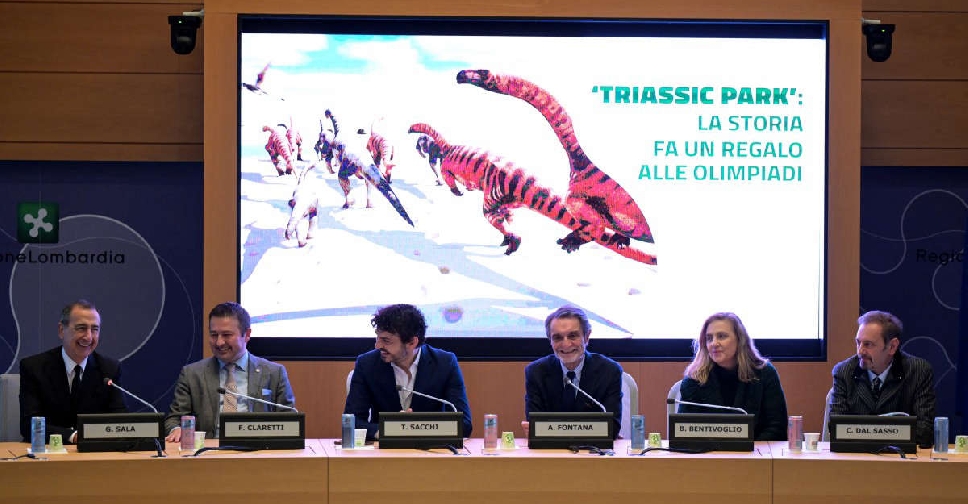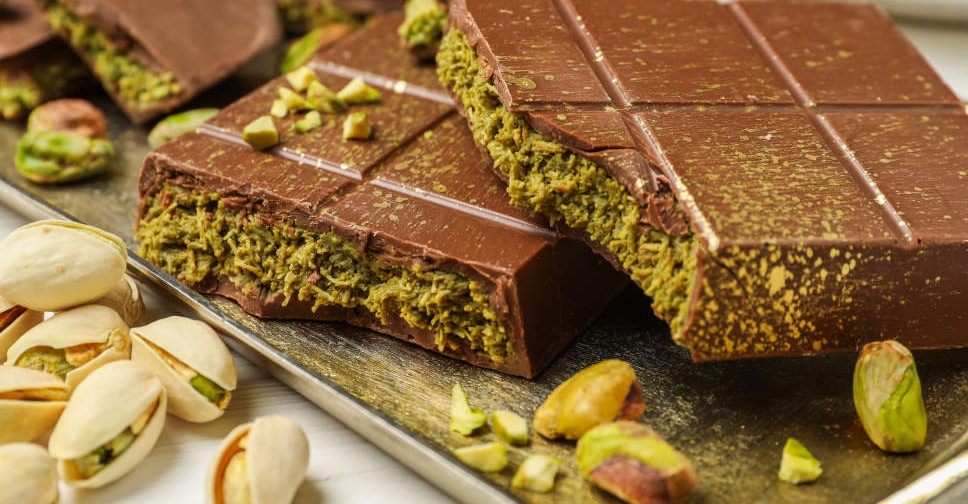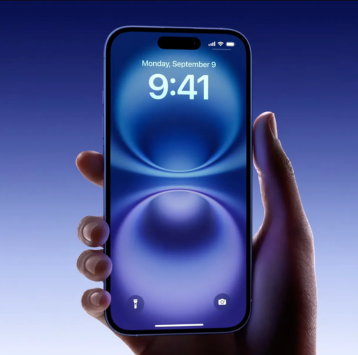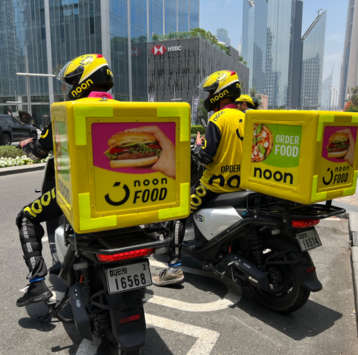
Scientists from Northwestern University in the United States have developed a pacemaker so tiny that it can fit inside the tip of a syringe and be non-invasively injected into the body.
Although it can work with hearts of all sizes, the pacemaker is particularly well-suited to the tiny, fragile hearts of newborn babies with congenital heart defects.
Smaller than a single grain of rice, the pacemaker is paired with a small, soft, flexible, wireless, wearable device that mounts onto a patient’s chest to control pacing. When the wearable device detects an irregular heartbeat, it automatically shines a light pulse to activate the pacemaker. These short pulses, which penetrate through the patient’s skin, breastbone and muscles, control the pacing.
Designed for patients who only need temporary pacing, the pacemaker simply dissolves after it’s no longer needed. All the pacemaker’s components are biocompatible, so they naturally dissolve into the body’s biofluids, bypassing the need for surgical extraction.
“We have developed what is, to our knowledge, the world’s smallest pacemaker,” said Northwestern bioelectronics pioneer John A. Rogers, who led the device development. “There’s a crucial need for temporary pacemakers in the context of pediatric heart surgeries, and that’s a use case where size miniaturisation is incredibly important.”
“Our major motivation was children,” said Northwestern experimental cardiologist Igor Efimov, who co-led the study. “About 1 per cent of children are born with congenital heart defects — regardless of whether they live in a low-resource or high-resource country. The good news is that these children only need temporary pacing after a surgery. In about seven days or so, most patients’ hearts will self-repair. But those seven days are absolutely critical. Now, we can place this tiny pacemaker on a child’s heart and stimulate it with a soft, gentle, wearable device. And no additional surgery is necessary to remove it.”
“We can deploy a number of such small pacemakers onto the outside of the heart and control each one,” Efimov said. “Then we can achieve improved synchronised functional care. We also could incorporate our pacemakers into other medical devices like heart valve replacements, which can cause heart block.”
“Because it’s so small, this pacemaker can be integrated with almost any kind of implantable device,” Rogers said. “We also demonstrated integration of collections of these devices across the frameworks that serve as transcatheter aortic valve replacements. Here, the tiny pacemakers can be activated as necessary to address complications that can occur during a patient’s recovery process. So that’s just one example of how we can enhance traditional implants by providing more functional stimulation.”
The technology’s versatility opens a broad range of other possibilities for use in bioelectronic medicines, including helping nerves and bones heal, treating wounds and blocking pain.



 Thousands of dinosaur footprints found near Winter Olympics site
Thousands of dinosaur footprints found near Winter Olympics site
 Japan's last two giant pandas are headed to China and fans just can't bear it
Japan's last two giant pandas are headed to China and fans just can't bear it
 Huge undersea wall dating from 5000 BC found in France
Huge undersea wall dating from 5000 BC found in France
 Koshary, a spicy Egyptian staple, wins UNESCO recognition
Koshary, a spicy Egyptian staple, wins UNESCO recognition
 Boosted by Dubai chocolate craze, Argentina bets on pistachios
Boosted by Dubai chocolate craze, Argentina bets on pistachios







